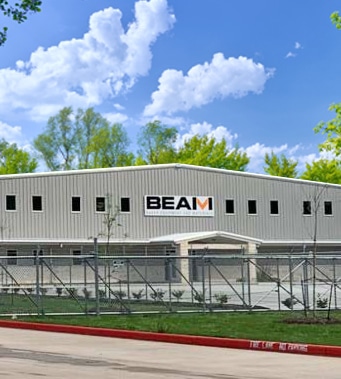
Efficient concrete placement is crucial in construction projects to ensure timely completion, cost-effectiveness, and quality outcomes. By adopting best practices and strategies, contractors can maximize efficiency in concrete placement, leading to smoother operations and better results. In this article, we will explore various techniques and tips to enhance efficiency in concrete placement.
Planning and Preparation
Site Evaluation
- Conduct a thorough site evaluation to assess access points, obstacles, and any potential challenges that may affect concrete placement.
- Identify the best location for concrete mixing and staging to minimize transportation time and labor efforts.
Optimized Scheduling
- Develop a detailed schedule that accounts for all aspects of concrete placement, including pouring, finishing, and curing.
- Coordinate with suppliers to ensure timely delivery of materials and equipment to avoid delays in the construction process.
Equipment and Tools
Proper Equipment Selection
- Choose the right type of concrete mixers, pumps, and vibrators based on the project requirements and scope.
- Maintain equipment regularly to prevent breakdowns and ensure optimal performance during concrete placement.
Utilizing Technology
- Explore innovative technologies such as automated batching systems and GPS tracking for efficient concrete delivery and placement.
- Use concrete testing equipment to monitor quality control and ensure consistency in mix proportions.
Workforce Management
Training and Skill Development
- Provide comprehensive training to workers on proper concrete handling, pouring techniques, and safety protocols.
- Encourage continuous skill development to enhance workforce efficiency and productivity in concrete placement activities.
Team Collaboration
- Promote effective communication and collaboration among team members to streamline workflows and avoid coordination issues on-site.
- Assign specific roles and responsibilities to each team member to optimize efficiency and avoid duplication of tasks.
Quality Control and Monitoring
Testing and Inspection
- Conduct regular tests to check the consistency, strength, and durability of concrete mixes before and during placement.
- Perform inspections to identify any defects, cracks, or inconsistencies in the concrete structure that may affect its integrity.
Monitoring Performance
- Use performance tracking systems to monitor the progress of concrete placement activities and identify areas for improvement or optimization.
- Implement feedback mechanisms to gather input from workers and stakeholders on the efficiency of concrete placement processes.
Safety and Risk Management
Safety Protocols
- Adhere to strict safety guidelines and protocols to minimize the risk of accidents and injuries during concrete placement.
- Provide adequate personal protective equipment (PPE) and safety training to all workers involved in concrete placement activities.
Risk Assessment
- Conduct a thorough risk assessment to identify potential hazards and implement preventive measures to mitigate risks during concrete placement.
- Regularly review and update safety procedures and protocols to ensure compliance with industry standards and regulations.
Conclusion
In conclusion, maximizing efficiency in concrete placement requires careful planning, proper equipment selection, workforce management, quality control, safety measures, and continuous monitoring. By implementing best practices and strategies in these key areas, contractors can optimize concrete placement processes, reduce costs, and improve project outcomes. Investing time and resources in enhancing efficiency will ultimately lead to successful construction projects and satisfied stakeholders.